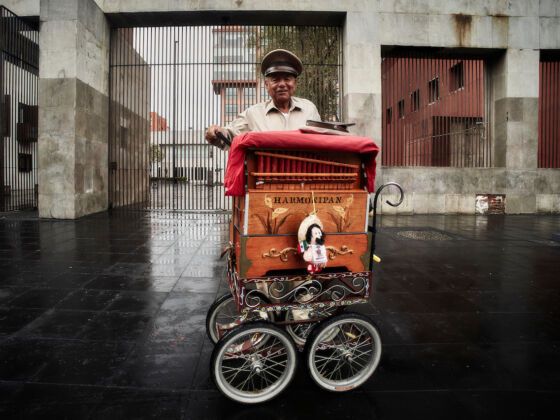The “lucky-bird” man
Whenever you visit a public plaza anywhere in Mexico, you’re sure to encounter a man with small cages of live birds inside (typically canaries and parakeets). These aren’t just some pretty-looking birds, they’re magical birds and they can predict the future. For just a few peso,s your future — really, a generic prediction — will be revealed in the form of a little piece of paper, which the bird will remove from a box or cup.
Caution: These magical creatures also love money and sometimes they’ll go into a paper-grabbing frenzy and, you guessed it right, you’re gonna be charged for every single piece of fortune telling. Those greedy birds!
